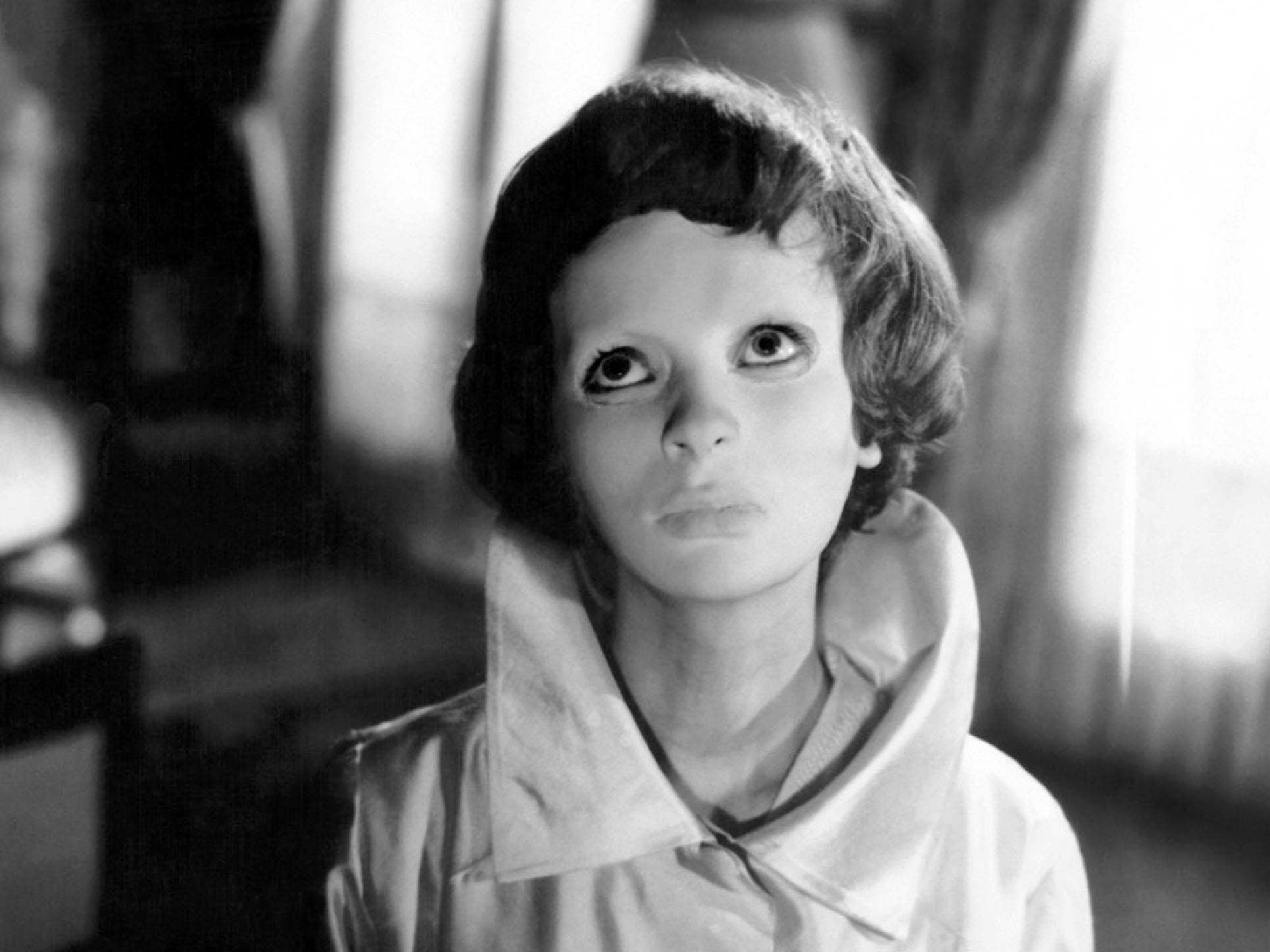The Indy Film Club: Why the horrors of Eyes Without a Face are just as visceral today
Audiences at the time were horrified by the film’s graphic surgery scene, writes Clarisse Loughrey. But it’s gone on to inspire John Carpenter, Pedro Almodóvar and Billy Idol


There is an unexpected brutality to Georges Franju’s Eyes Without a Face. Released in 1960, just before Hitchcock’s Psycho, it too revels in suggestion and suspense. There are no cheap thrills to be found within its elegant, austere frames. It’s uncompromising in its glacial pace. But then comes the film’s infamous surgery scene – here the camera never breaks its gaze, nor is there any music to distract from what’s happening on screen. A scalpel cuts into flesh, tracing a crimson line across a young woman’s face. When the blood starts to drip down her neck, a hand reaches out with cotton gauze and coolly mops it up. It’s an emotionless scene, but that in itself feels chilling. When the scalpel’s work is done, the woman’s face is delicately lifted from her body and transported off screen.
These horrors are just as visceral today as they were 60 years ago. It’s a surprise Franju was ever able to get away with it. He worked in perpetual fear of the censors. “I was told, ‘No sacrilege because of the Spanish market, no nudes because of the Italian market, no blood because of the French market and no martyrised animals because of the English market,’” he later described. The Germans bristled, too, at depictions of mad scientists, since it evoked the era of Nazi medical experiments.
But these were all the ingredients of Jean Redon’s book Eyes Without a Face, which Franju adapted for the big screen. Renowned surgeon Dr Génessier (Pierre Brasseur) is racked with guilt. He’s responsible for the auto accident that left his daughter Christiane (Édith Scob) severely disfigured. And so his accomplice (The Third Man’s Alida Valli) stalks and drugs young women, bringing them back to the surgeon’s lair so that he can attempt to transplant their faces on to Christiane – and thus restore her former beauty.
France didn’t have a reputation for horror cinema then. But producer Jules Borkon had seen how ravenously the country’s audiences had consumed British fare like The Curse of Frankenstein (1957) and Horror of Dracula (1958). He hired Franju to take on the genre, though he wasn’t the most obvious candidate. A co-founder of the Cinémathèque Française, one of the largest film-related archives in the world, he was primarily a documentarian. His film Le Sang des Bêtes, much like Eyes Without a Face’s surgery scene, recorded the daily bloodshed of a Parisian slaughterhouse with clinical detachment.
Franju thought his film possessed “a quieter mood than horror... more internal, more penetrating. It’s horror in homeopathic doses”. He looked instead to the French tradition of the fantastique, which blends science fiction, horror, and fantasy. It was a genre beloved by surrealists – take, for example, Jean Cocteau’s Beauty and the Beast (1946). Eyes Without a Face has moments of strange, disconcerting beauty. Christiane wanders the halls like a high-fashion ghost, wrapped in air-light Givenchy. She wears a mask to hide away the scars – a ghostly white, but otherwise perfect replica of her former features. Its stiffness makes her look like a statue slowly creaking to life. Behind it, Scob’s eyes are wide and desperate.
Christiane is victim, monster, and (eventual) victor. Eyes Without a Face offers the rare example of a story where the atypical doesn’t have to be punished and destroyed by the final reel. Instead, Franju prods at ideas of beauty and identity. After the accident, the world treats Christiane like she’s dead. But, when she’s given another woman’s face, she feels like a stranger to herself. The film may have preceded the popularisation of plastic surgery, but its themes are now only more provocative.
Audiences at the time, however, were blindsided by the film’s gruesomeness – however brief. Although the European censors gave it a pass, there were reports the surgery scene caused quite the kerfuffle among cinema-goers. A screening at the Edinburgh Film Festival saw seven audience members faint. “Now I know why Scotsmen wear skirts,” quipped Franju. But it’s since proved a source of great inspiration for artists and filmmakers. John Carpenter based Michael Myers’ mask on the one worn by Christiane. Pedro Almodóvar’s The Skin I Live In (2011) is an obvious homage, while the film provided the title of Billy Idol’s first top 10 hit in the US. It’s no surprise: once seen, it’s hard to scrub away the image of Christiane and her spectral visage.
Join our commenting forum
Join thought-provoking conversations, follow other Independent readers and see their replies
0Comments